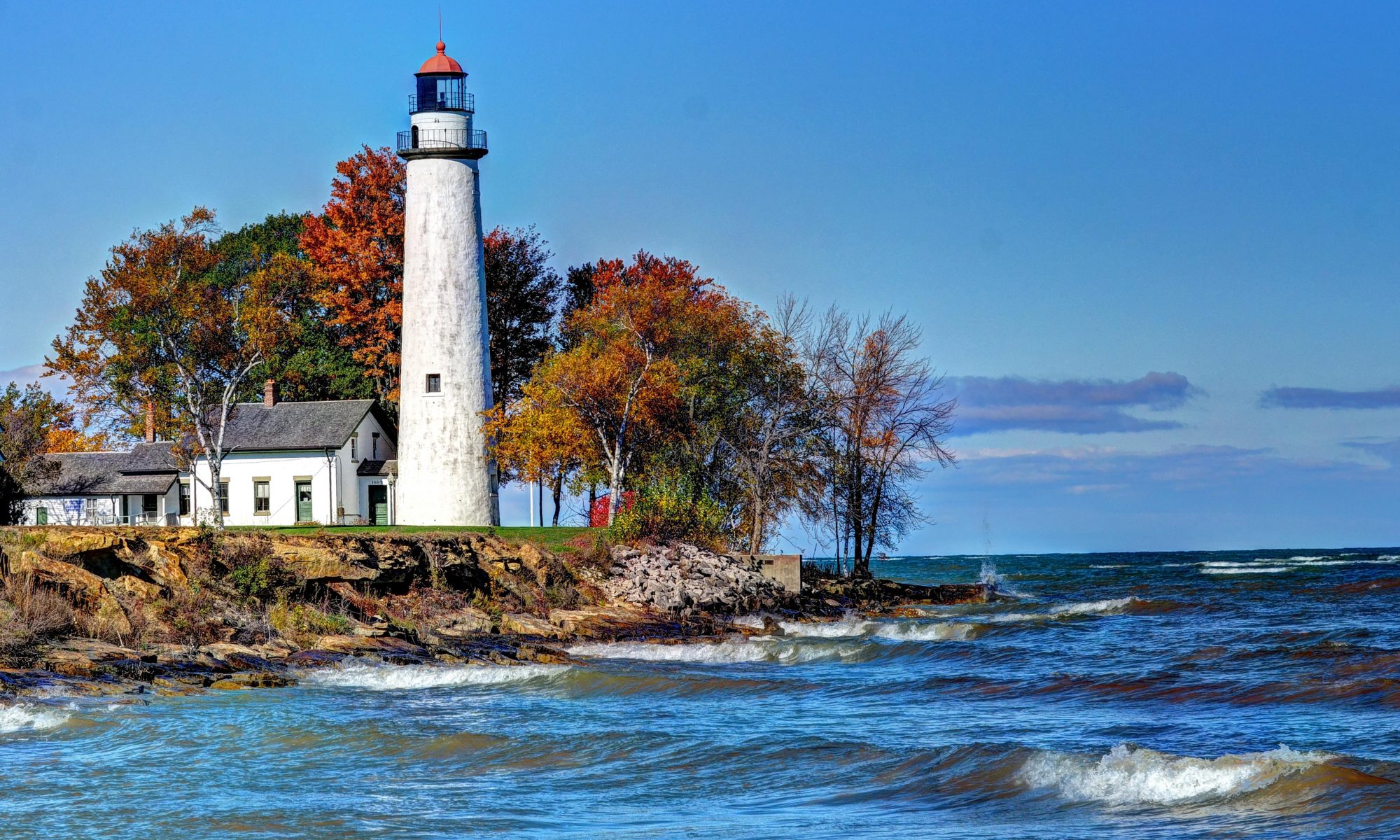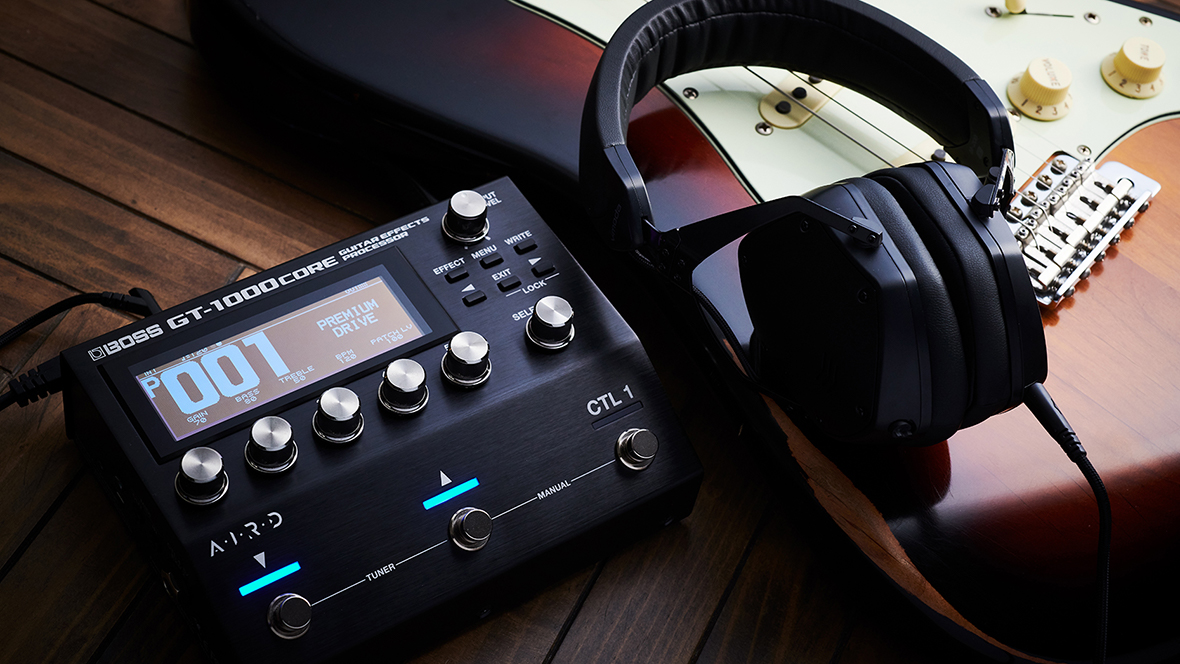I was recently tuning in to a popular ambient guitarist’s livestream, and I noticed they had added a bunch of new stuff to their setup. I saw all of that, listened to the sounds coming out of it, and thought “Is that really all he’s doing with all that stuff? How much did all that cost, anyway?” And of course, I made the mistake of looking up the prices and figuring out how much money this guy had tied up into his board.
It was around six thousand dollars. For a pedalboard to make ambient music with. Six grand, just for the pedals… not including the board, wires, guitar, amps, or anything else.
This gave me pause. I haven’t even paid that much for a car in the last 10 years. And it begs the question: If I had $6K to drop on a guitar setup, how would *I* do it? Simple: I wouldn’t.
For that much money, I could get two Fractal Axe-FX 3’s. Or four Line 6 Helixes. And arguably, I could do ten times more with those than any collection of single pedals on a board.
Bottom line: is it worth the money? My opinion: No.
So, by comparison (just to be fair, you know) I decided to see what my current “big” board is worth, money-wise, including stuff I *might* use.
All said and done- and keeping in mind some of the pedals I have aren’t made any more- it’s probably around $2,500. If you bought everything new. Which I didn’t. What I actually spent for them is probably closer to $1,200.
So how does my “budget” ambient board compare to the big guy’s no-expense-spared board? Well, it sounds good- I think just as good as his.
Is my cheaper board better? I don’t know. That’s kind of subjective. But it certainly gets the job done, and if I had an unlimited budget, I wouldn’t have a problem with buying most of those same pedals again. I picked them because they’re good for the price, and work well.
How Does Minimalism Fit Into Music?
How does this work if you’re wanting to be a minimalist? I’ve been blogging about this for years. And I believe that there’s tons of affordable things out there that will get you making music very easily- if you know how to use them.
Honestly, you’d be better served taking a course on recording engineering than buying a new $500 boutique pedal. You listen to albums like Led Zeppelin IV or Dark Side Of the Moon and realize that none of that boutique stuff existed back then. They used very simple recording tricks to get those sounds. Yes, they had massive plate reverbs and expensive tape delays- but you can get a $150 pedal that perfectly emulates those now. What matters is that they knew how to use what they had.
Today, we have access to stuff that recording studios back in the 70’s would have killed for. A single box that has all the sounds you could ever want in it! But it’s never enough, is it? The call to upgrade is always there. The newest Strymon or Meris toy that costs $500 that basically does what a $150 pedal does, but more expensively. Marketing has exploded the retail music market.
Repeat after me: “You don’t need expensive gear to make good music.”
I recently discovered that Boss just released a mini version of their all-in-one guitar processor, the GT-1000 Core. It is basically an entire pedalboard in a 6½”x5½” pedal. The only catch? It’s $700! Now, before you freak out, that’s half of what my board costs, in 1/10th the size. And it can do more, with a few small exceptions (it doesn’t have a drum machine).
So if you want a minimalist setup, you would go for something small, like the GT-1000 Core, or the Line 6 POD Go, or a Mooer GE250, or a Headrush Gigboard. They’re small, fully-featured pedalboard setups that you can throw in a backpack, and they cost less than a handful of single pedals (or a couple of big ones).
How limited are we, really?
But how many options is enough? For musicians, it’s easy to say “more than I have now.” In truth, we have more tools at our disposal than any previous generation. You want a real tube amp with digital out and swappable amp modules? They make that. Software that emulates every pedal or amp on a component level? They make that. Tiny boxes with hundreds of effects in them? Yep. Stuff never dreamed of 30 years ago.
And yet, we still have gear snobs declaring the newest gizmos are rapidly being outdated, when just 10 years ago, they were considered “amazing” and “game-changing.” My, how the standards have shifted! Even the cheapest multi-fx unit today is light years ahead of what we had then. But for those on the Consumer Treadmill, it’s never enough. “New” is always better.
This is why I’ve been using the same main fx unit on my pedalboard for the last 10 years. It’s not that it’s amazing compared to the new stuff… it’s that the new stuff isn’t that much better to justify the cost. But finally, now, we’re getting to the point where I’d consider replacing it, because it could actually replace my entire board.
I’m seriously considering selling all the pedals I own (or most of them) and buying a single, small unit to simplify everything. Would that really limit me, creatively? Would minimizing my creative gear equate to minimizing my creative potential?
I don’t think it would. In some ways, having less choices is good for creativity.

